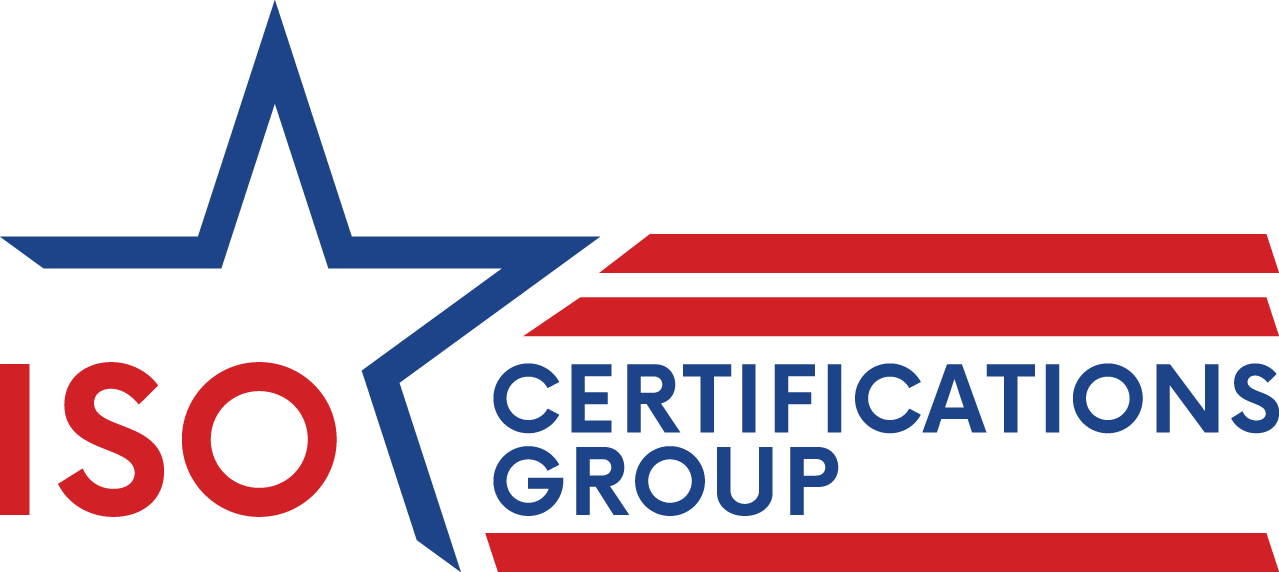Across all business activities, planning plays a critical role in preparedness and overall success. An effective plan can provide exemplary results and helps companies brace for the unexpected.
ISO management systems are no different, as planning is a core concept of compliance and operational efficiency. To implement and maintain an ISO management system, organizations will need to approach business practices with Risk-Based Thinking and proactive monitoring.
In this article, we’re going to expand upon planning as an essential clause of ISO and how your organization can plan efficiently.
An In-Depth Look at Clause 6: Planning
As we’ve mentioned, planning is an essential clause of ISO management systems such as ISO 9001. Clause 6 consists of three sub-clauses:
- Actions to Address Risks and Opportunities
- Objectives and Planning to Achieve Them
- Planning of Changes
It’s important to analyze each of these three sub-clauses individually for a deeper understanding of how planning can impact your management system.
6.1 Actions to Address Risks and Opportunities
Sub-clause 6.1 of ISO management system standards outlines the actions necessary to address risks and opportunities. This sub-clause highlights the importance of identifying, analyzing, and evaluating risks and opportunities that could impact an organization’s ability to achieve its objectives. It aligns closely with one of the core principles of ISO management systems: Risk-Based Thinking.
Risk-based thinking is a foundational concept in standards such as ISO 9001, ISO 14001 and ISO 45001. This approach enables organizations to proactively identify and manage risks and opportunities that may affect their objectives, performance, and stakeholders. By integrating risk considerations into all stages of the management process, from planning to delivery, organizations can prevent or mitigate negative outcomes while maximizing positive ones.
After identifying all risks, the next step is to address them effectively. Operational risks are typically managed by the respective area or function managers, while strategic risks fall under the responsibility of top management.
This process involves planning actions to either reduce the likelihood of risks occurring and/or minimize their severity or impact. In smaller organizations or those with less complex operations, this may simply involve devising mitigation plans and ensuring their timely execution to resolve potential issues.
6.2 Objectives and Planning to Achieve Them
ISO management system objectives are the goals and targets an organization sets to ensure compliance with ISO standards. These objectives provide a structured framework for implementing consistent and effective management practices across all operational areas, driving enhanced efficiency, improved customer satisfaction, and better overall performance.
The next step in the planning process is to establish management system objectives for various levels and functions within the organization. These objectives should align with the ISO standard’s policy (i.e. quality, safety, environment) and focus on ensuring product or service conformity and enhancing customer satisfaction. ISO management system objectives must be measurable and take into account applicable customer, legal, and regulatory requirements to ensure relevance and effectiveness.
Your organization must establish a plan to achieve these management system objectives, as they are separate from your overall business objectives. Set clear objectives and identify the resources needed to achieve them, and then you can begin the implementation phase of your plan.
6.3 Planning of Changes
Sub-clause 6.3 addresses changes to your management system, emphasizing the need for changes to be planned and executed with careful consideration of their intended outcomes. It requires ensuring that all relevant parts of the system are consistently updated and documented for future reference.
This process involves identifying when changes occur, understanding their impact on the management system, and implementing them effectively.
Change Management is the key to this sub-clause, as utilizing an effective change management process will ensure this change is conducted in a controlled manner. For example, managing this change would require the individual requesting the change to consider key factors, such as who will be affected and the resources needed. This ensures that the change approver or manager can make informed decisions and effectively oversee the change process.
Conclusion: Effective Planning Makes A Positive Impact
Planning is one of the most significant elements of successful ISO management system implementation and maintenance. By addressing risks and opportunities, setting measurable objectives, and effectively managing changes, organizations can ensure compliance, enhance operational efficiency, and drive continuous improvement. A structured approach to planning not only prepares businesses for challenges but also positions them for long-term success in achieving their strategic goals.
Interested in becoming ISO certified? ISO Certifications Group currently certifies ISO 9001, ISO 14001, ISO 45001, and ISO 50001. Contact us today to get started!

